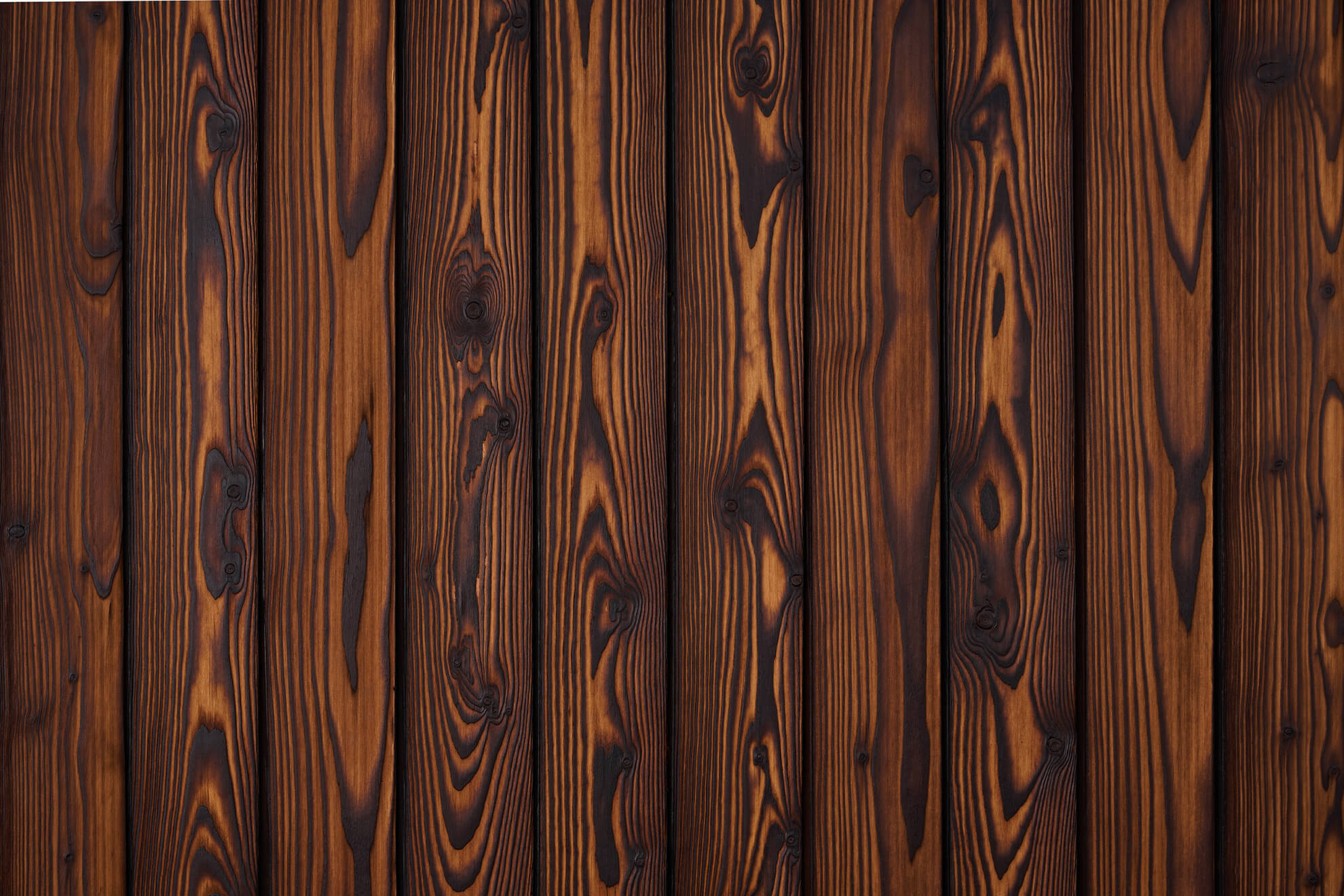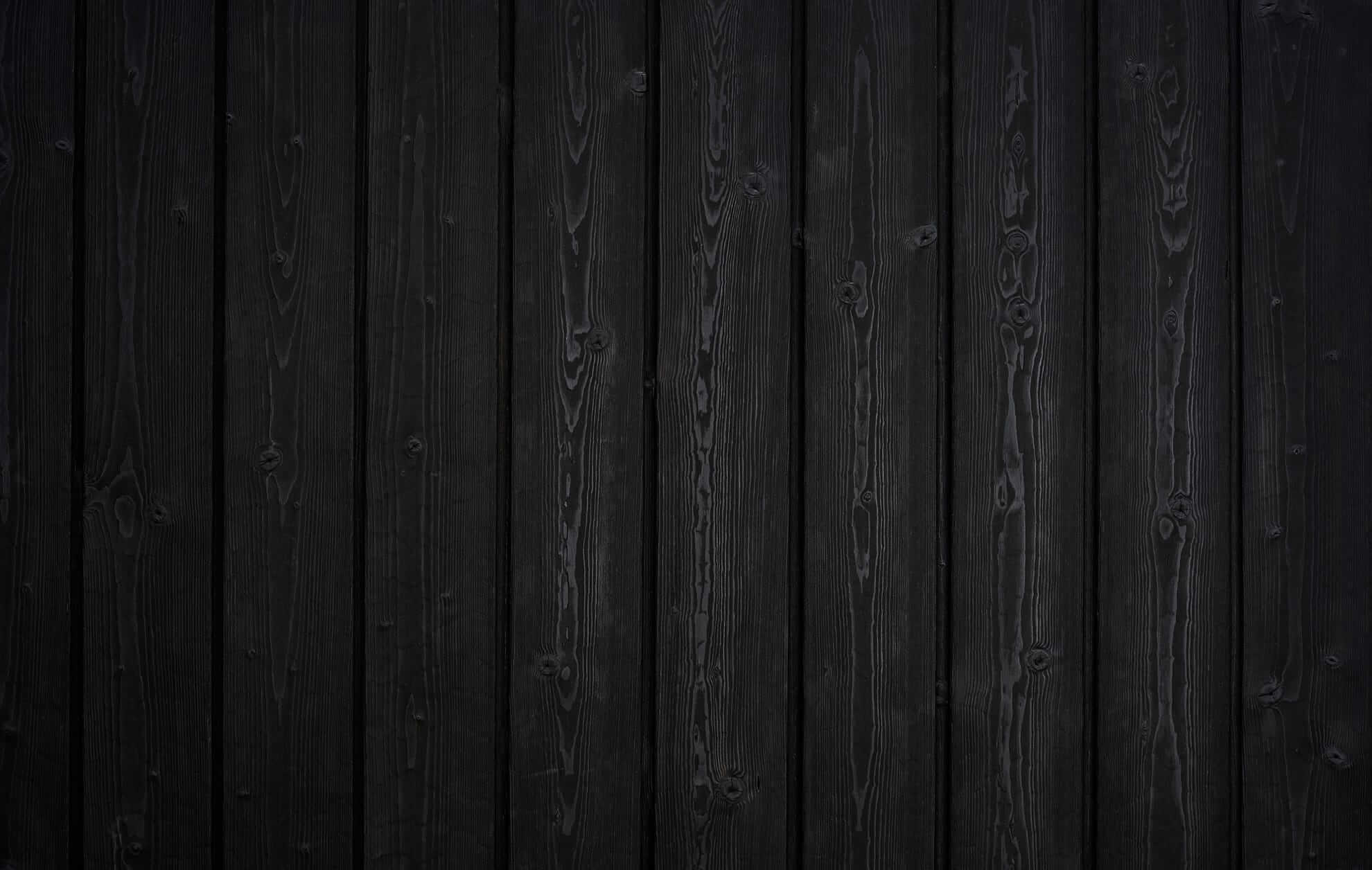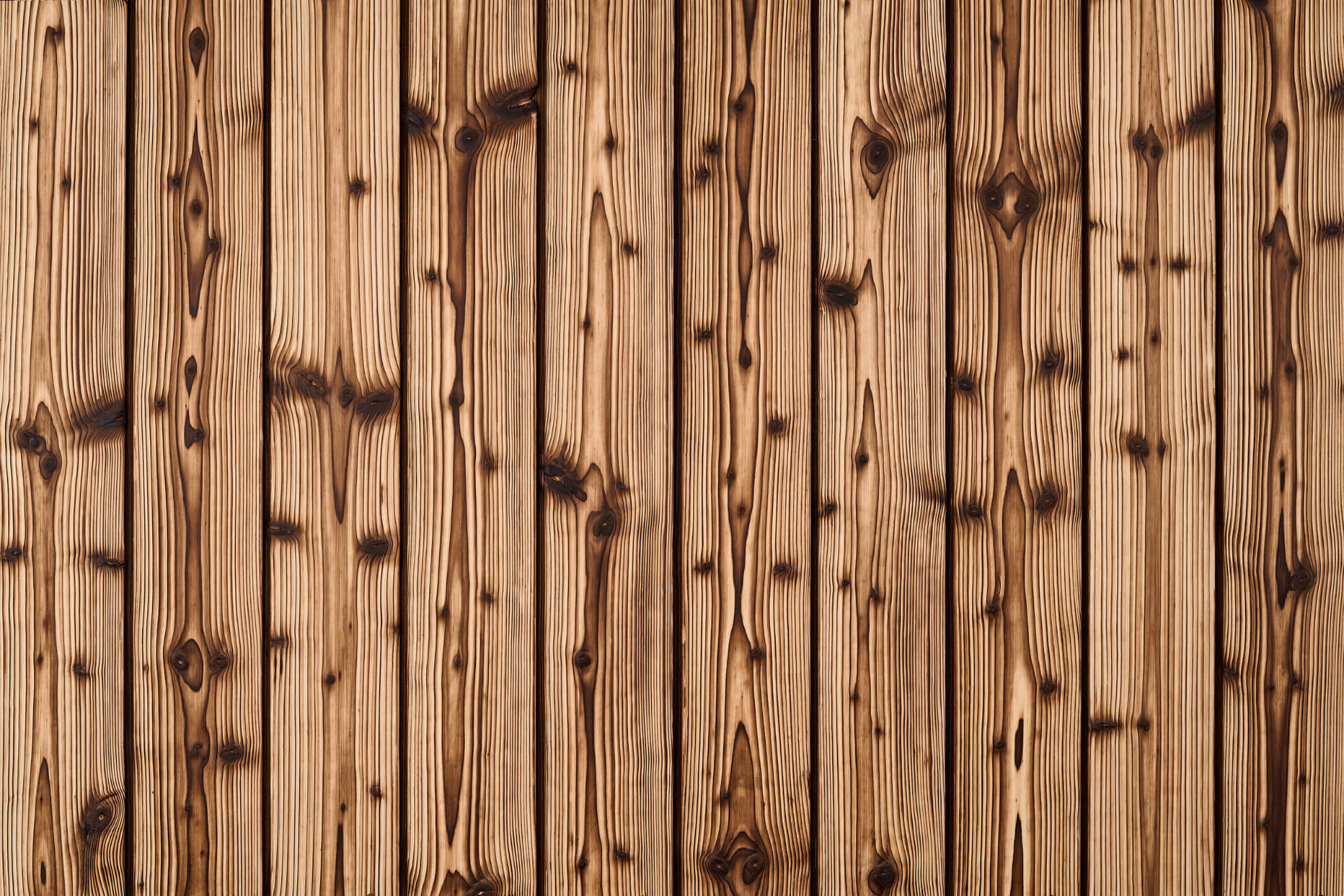 Our Timber & Accessory Ranges
Our Timber & Accessory Ranges
Degmeda Product Collections
From our signature Charred Wood (Shou Sugi Ban) to upcoming construction timber and accessories – discover materials built for beauty and performance.
Most Popular Shou Sugi Ban Choices
Why Choose Degmeda?
At Degmeda, we don’t just supply wood – we stand behind every product with expertise, integrity, and care. Our commitment to quality, reliability, and sustainable values shapes everything we do.
FAQ
Frequently Asked Questions
How much does shipping cost? Do you deliver abroad?
Yes, we deliver orders both within Lithuania and internationally. The exact shipping cost depends on the order size, product length, and destination country – please contact us for a personalized quote.
Do you have a minimum order quantity?
How long does production of timber take?
We'd like to showcase our project on your social media - how can we do that?
Do you provide installation services?
Can I get product samples?
Still have questions or need tailored advice? Contact us




